DEUCALIONSonoma, CaliforniaPICTURE CREDITSFeynman image courtesy of Malcolm Kirk, www.malcolmkirk.com, p. 29. Land image courtesy of Rowland Institute, with attribution to Jay Scarpenti, p. 40.Friedman image courtesy of Friedman Foundation for Educational Choice, p. 64.Koufax book cover courtesy of Harper Collins Publishers, p. 79.
Streisand image: Juergen Vollmer/Redferns/Getty Images, p. 114
Libeskinds World Trade Center rendering attribution to Silverstein Properties, p. 135.Gehrys Guggenheim Bilbao courtesy of www.CreativeCommons.org, p. 135Bunshafts Lever House courtesy of GNU Licensing, p. 135
Grove image courtesy of Intel Corporation, p. 176
Chomsky image courtesy of Marcello Casal, Jr. Agncia Brasil, p. 337
Other images are public domain or courtesy of private sources
First Edition 2009
ISBN: 978-0-9825168-0-5 hardcoverISBN: 978-0-9825168-1-2 paperback ISBN: 978-0-9825168-2-9 kindle ebook
Library of Congress Control Number: 2009935485
THE GOLDEN AGE OF JEWISH ACHIEVEMENT. Copyright 2009 Steven L. Pease.All rights reserved. No part of this book may be reproduced in any form or by any means, in anymedia, electronic or mechanical, including motion picture film, video, photocopy, recording, or anyother information storage or retrieval system without permission in writing from the publisher.Inquiries should be addressed to: Permissions, Deucalion, deucalion@vom.com, www.goldenageofjewishachievement.com, www.jewishachievement.com
Design and production by Deborah Daly, Daly Design, deborahdaly.com Table of Contents
3. SCIENCE29
6. THE MILITARY AND AVIATION58
14. RADIO AND TELEVISION160
15. HIGH-TECH ENTREPRENEURS AND CEOS176
viT HE G OLDEN A GE OF J EWISH A CHIEVEMENT
16. FORTUNE 500 CEOS188
17. FINANCE199
24. PHILANTHROPY369
The suddenness with which Jews began to appear and make a mark innumerousareas, of whose very existence their fathers had, in most cases noidea at all, is nothing short of astounding. It seemed as if a huge reservoir ofJewish talent, hitherto dammed up behind the wall of Talmudic learningwere suddenly released to spill over into all fields of Gentile cultural activity.Ina few years after they were first allowed to sit on the benches of generalsecular schools Jews were found among the leaders of industry, of literatureand journalism, of music and the performing arts of all fields of the sciencesand even in painting and sculpture, two areas from which they had beenmost strictly debarred by their own religious tradition.
Raphael Patai,
The Jewish Mind viiviiiT HE G OLDEN A GE OF J EWISH A CHIEVEMENT
Introduction
Asked why he, a Gentile, was donating $1 million to the Aish Ha Torahs WorldOutreach Center in Jerusalem, the successful American entrepreneur John Klugeresponded:
Last year I turned eighty.At my birthday party, I realized 85 percent of my friendsare Jews. I have always admired the Jewish people and their contributions to humanity, to civilizing the world. What Aish Ha Torah is doing to reconnect Jews with theirheritage, to strengthen their roots, to educate them about their values, is enablingthe Jewish people to continue to be able to play their incredibly valuable role in history.1
What follows cannot compare with Kluges generosity, but it arises from a similar impulse: recognition of many rich and rewarding friendships, appreciation for theimmensely valuable role Jews have played over their 4,000-year history, and an effortto explore their achievements and the cultural influences behind them. Are Jews highachievers? If so, why is that so? And, are there lessons in those answers for all of us?That is what this book is about.
A Presbyterian by upbringing, of Scots-Irish, English, and German heritage, I donot claim Jewish genes. Nonetheless, Jews have played a long and important role inmy life. Their vitality and determination has been as delightful as the warmth of theirfriendship and pleasure of their humor. In a later chapter, Gordon Gee, the Mormonpresident of Vanderbilt University at the time, is quoted as saying, Jews by cultureand by ability and by the very nature of their liveliness, make a university a much morehabitable place in terms of intellectual life.2 That has been my experience, and it waspart of the motivation for this book.
Born in 1943 in Spokane, Washington, I was a kid when post-war television documentaries began to air. Together with books, magazines, and movies, they chronicled a tragic era. Pacific war atrocities were horrifying, but paled in comparison withthose in Europe. Only Matthew Bradys pictures of thousands of Civil War deadcould compare with images of what happened in Central and Eastern Europebetween 1939 and 1945. Published in the United States in 1952, The Diary of AnneFrank personalized the terror in the account of a young Jewish girl in occupied Ams
9terdam who eventually died in Bergen-Belsen. To me it was horrifying and made nosense. How could anyone do this to other human beings?
It wasnt yet called the Holocaust. William Shirers 1959 Book, The Rise andFall of the Third Reich, the first comprehensive history of what happened, does notuse that term. Shirer and others called it the genocide or the Jewish extermination. The expressions Holocaust and Shoah were first used in Israel and onlylater adopted worldwide. If Jews were but 0.7 percent of the worlds population atthe time, Hitlers evil made it impossible to be ignorant of the grisly way six millioninnocents were destroyed. That reality also taught most of us at least a smattering ofthe two-thousand-year history of anti-Semitism that led to the ovens. At about thesame time, Leon Uris book Exodus popularized the story of Israels creation, and twoyears later it became a hit movie starring Paul Newman.
So I grew up sympathetic to Jews. In my life they were the underdogs, the victims who responded to their oppression by creating their own country and thendefending it against countries with superior numbers.
There werent many Jews in Spokanes grade schools and high schools. Nonetheless, curiosity led to a limited understanding of Jewish history and awareness that theirJewish Bible (or Tanakh in their parlance) was my Old Testament, a foundation ofChristianity.
Elected class vice president at the University of Washington, I worked with a Jewish class president. A good student with a ready smile and a delightful sense of humor,Larry was one of perhaps five Jewish friends or close acquaintances I had before entering Harvard Business School. There I had a Jewish roommate, and of the eight of ussharing a common shower and lavatory, three were Jews. But at school it was classes,current events, sports, and dates we discussed. Jewish religion and culture were nottaboo, they just rarely came up for conversation.
In 1965 James Micheners novel The Source used a fictional archaeological dig inIsrael to reveal the long history of Jews in Palestine. Two years later, Chaim PotoksThe Chosen depicted Hasidic and Orthodox Jewish life in Brooklyn. That same year,during six days in June, an outnumbered Israeli military won the most lopsided military victory since Agincourt. Over that six days, they quadrupled the territory undertheir control, including all of the Sinai. Visit Israel, See the Pyramids! was a popular joke of the times. My knowledge of Jewish history was growing, as was my respectfor their spunk and skill.


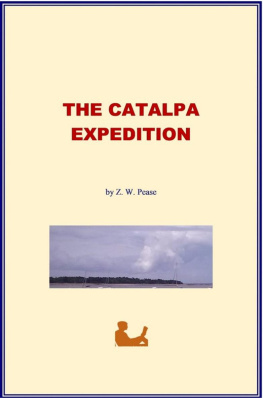
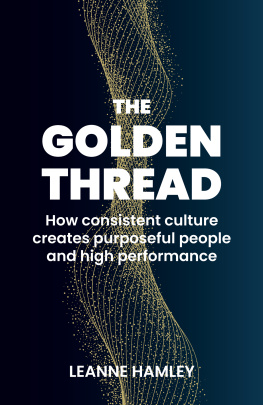

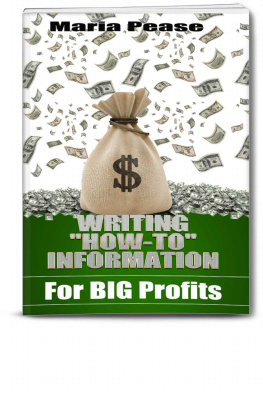



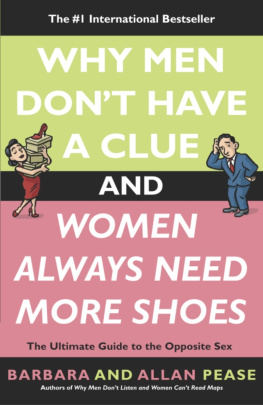
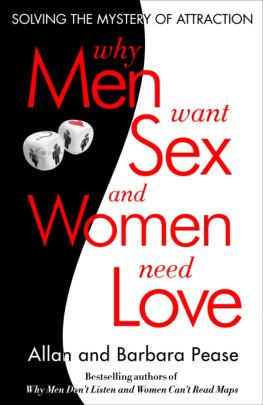


 T HE G OLDEN A GE OF J EWISH A CHIEVEMENT ix
T HE G OLDEN A GE OF J EWISH A CHIEVEMENT ix 